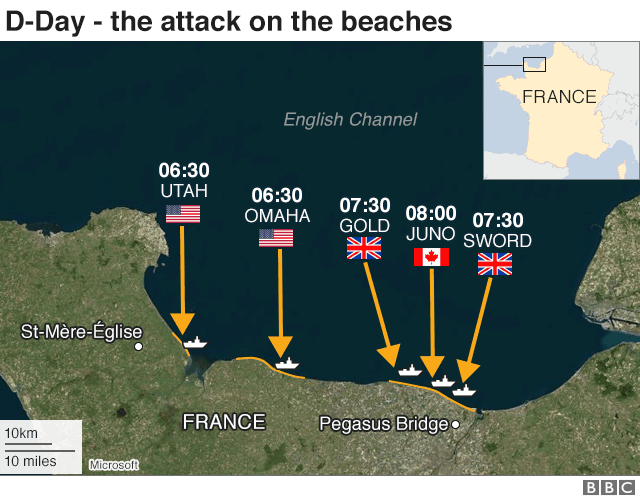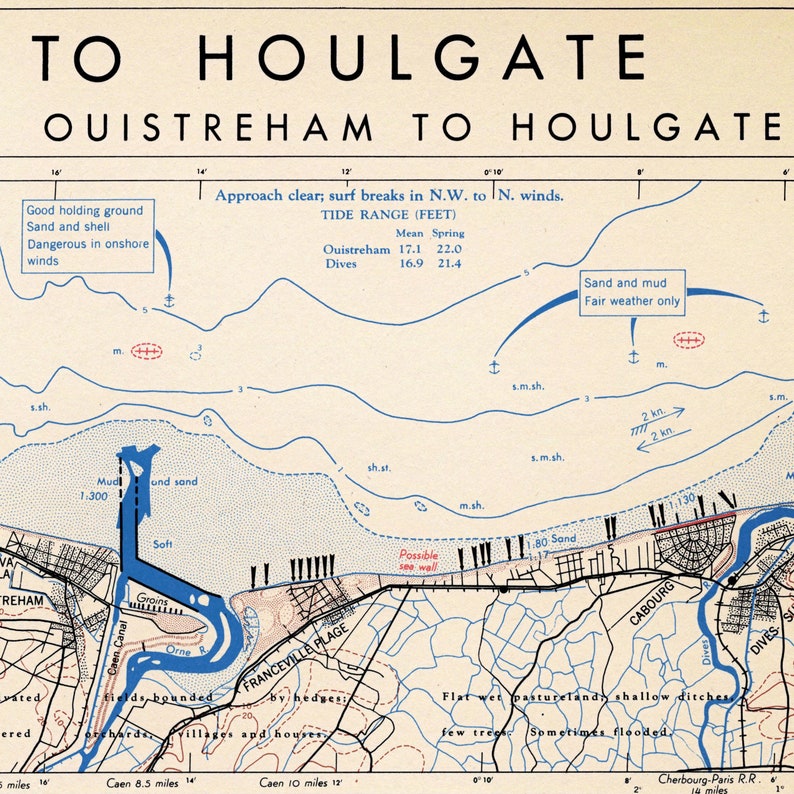

As proof he pointed out that Patton had yet to move from England. Three days later, Spanish businessman Juan Pujol Garcia, who was one of Britain’s most valuable double agents, fed information to Berlin that the Normandy landing was merely a “red herring” and that the most critical attack was yet to come with the First Army poised to strike at Pas de Calais. In spite of the success of the initial landing, Operation Bodyguard did not end on June 6, 1944. British special operations forces also landed amid the dummies and operated phonographs to broadcast the sounds of soldiers’ voices and combat fire. Other aircraft far away from Normandy dropped hundreds of dummy paratroopers that were wired to simulate the sounds of rifle fire and grenades when they hit the ground. The arrival of the Hamilcar gliders on LZ N as part of Operation Mallard. On the evening of June 6, the situation of the 6th Airborne Division remained particularly precarious in front of the firepower of the 21. Allied aircraft flying toward Pas de Calais dropped clouds of aluminum strips to give false radar readings that made it appear as if a large fleet was approaching. Operation Mallard, which began on D-Day at 21:00, considerably strengthend the British positions east of the Orne river.

The ruse worked as Hitler sent one of his fighting divisions to Scandinavia just weeks before D-Day.Īs the D-Day assault on Normandy began, the deception continued. To further the illusion, the Allies fabricated radio chatter about cold-weather issues such as ski bindings and the operation of tank engines in subzero temperatures. For instance, a pair of double agents nicknamed Mutt and Jeff relayed detailed reports about the fictitious British Fourth Army that was amassing in Scotland with plans to join with the Soviet Union in an invasion of Norway. The Allies spoon-fed reams of faulty information to these Nazi double agents to pass along to Berlin. Vital to Operation Bodyguard’s success were more than a dozen German spies in Britain who had been discovered, arrested and flipped by British intelligence officers. Such places could be a site where part of the Mulberry Harbours was constructed, maybe a factory producing landing craft or gliders used on D-Day, or one of the many marshalling camps where allied troops waited before embarking to cross the channel.To cloak the details of the true invasion site, the Allies employed a complex web of deception to persuade the Nazis that an attack could come at any point along their Atlantic Wall-the 1,500-mile system of coastal defenses that the German High Command had constructed from the Arctic Circle to Spain’s northern border-or even as far away as the Balkans. Here, troops and supplies waited before loading onto the ships and landing craft that would take them into battle.īeyond these coastal areas, throughout the whole of the United Kingdom there are places connected to the planning, preparations and execution of D-Day. Of course, that is where the actual landings took place, but the whole operation depended upon dozens of embarkation areas along the whole stretch of the south coast of England, and in some cases ports on the east and west coasts as well. It was the start of the campaign to liberate Europe and defeat Germany. The Normandy Landings, beginning on 6 June 1944 – D-Day – are normally thought of as something that happened on the far side of the English Channel, in Normandy (France). On 6 June 1944, D-Day, Allied troops landed on the coast of Normandy. The red areas show where troops were camped. Brockenhurst A and B shown on a map of Marshalling Area B.


 0 kommentar(er)
0 kommentar(er)
